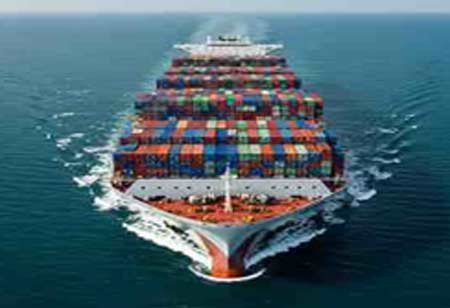THANK YOU FOR SUBSCRIBING
THANK YOU FOR SUBSCRIBING

By
Logistics Transportation Review | Thursday, May 15, 2025
Stay ahead of the industry with exclusive feature stories on the top companies, expert insights and the latest news delivered straight to your inbox. Subscribe today.
Fremont, CA: Containerized cargo has transformed the shipping industry, making global goods transportation more manageable and efficient. Containerization is packing and shipping varied products in standardized containers, simplifying logistical procedures and lowering costs. This concept revolutionized global trade by greatly enhancing efficiency and lowering labor expenses connected with loading and unloading cargo tank containers at each stage of transit.
Exploring the Revolutionary Impact of Containerization:
Containerization has not only transformed the shipping industry in many ways but also had a significant impact on ocean traffic. Its inception resulted in numerous notable impacts. Before containerization, products were loaded and unloaded individually, which was time-consuming and labor-intensive. With standardized containers, cargo handling became more efficient, reducing port turnaround time.
Containers also provide a self-contained environment for goods, which reduces the possibility of damage or theft. This has greatly reduced the number of instances of lost cargo, boosting trust in the maritime trade. The increase in container ships has sparked concerns about environmental damage. Modern ships are enormous and rely on bunker fuel, which results in increased carbon emissions. While containerization has improved shipping efficiency, proactively addressing these environmental challenges is crucial.
Navigating the Challenges of Container Shipping:
Containerized cargo has transformed the shipping industry, but it also introduces new challenges that must be addressed. These include adequate packaging, securing, and labeling, as well as potential hazards such as cargo damage, theft, or piracy. Proper packaging is required to ensure that commodities are not destroyed during transit.
This includes employing proper packaging materials, such as pallets or crates, to safeguard large objects from damage. Additionally, suitable securing measures must be implemented to prevent containers from shifting during transit. For example, utilizing lashing bars or strapping can assist in keeping containers secure on a ship's deck. Correct labeling is essential in ensuring seamless operation across the supply chain.
Key Trends in Container Shipping:
Blockchain technology has made waves in various fields, including logistics and supply chain management. It can improve efficiency and reduce fraud in containerized cargo transport by offering a secure, transparent, and immutable digital ledger that tracks shipments from their origin to their final destination. It also improves collaboration among stakeholders in global trade by improving communication processes.
Automation has also grown increasingly common in the shipping industry. These innovations, ranging from automated container terminals to autonomous ships led by artificial intelligence (AI), aim to improve operational efficiency while lowering human error risks associated with manual and labor-intensive jobs.
I agree We use cookies on this website to enhance your user experience. By clicking any link on this page you are giving your consent for us to set cookies. More info





